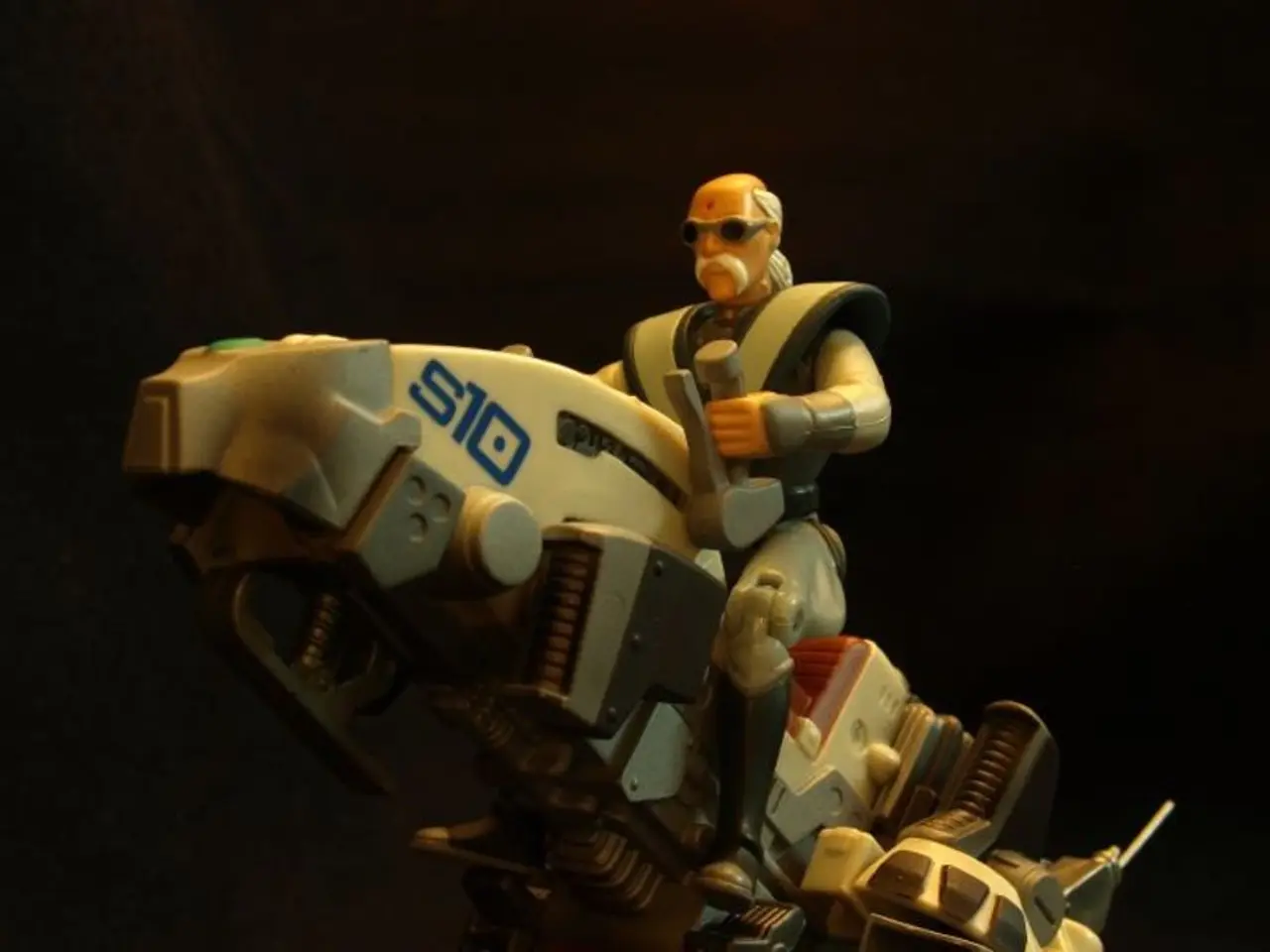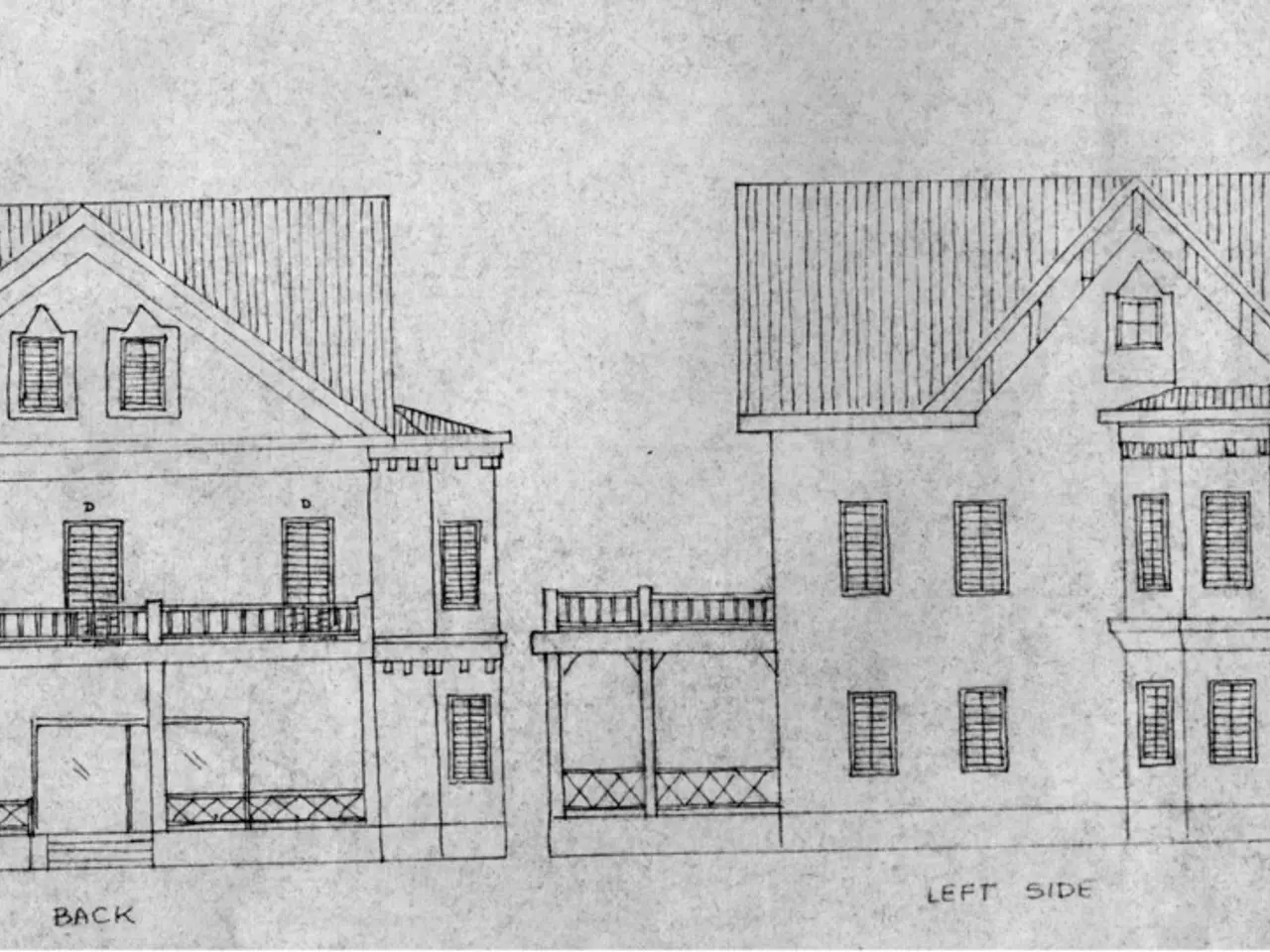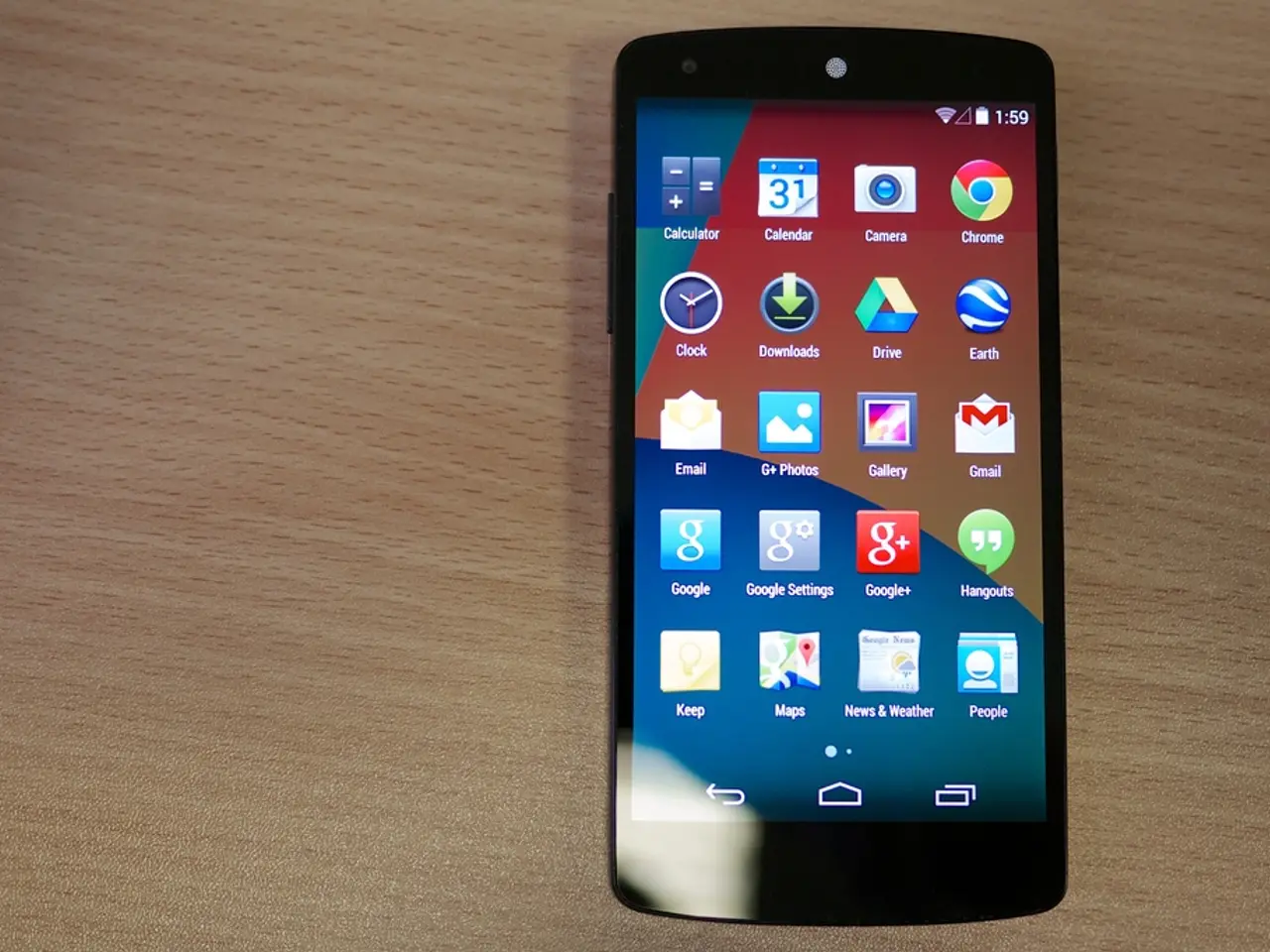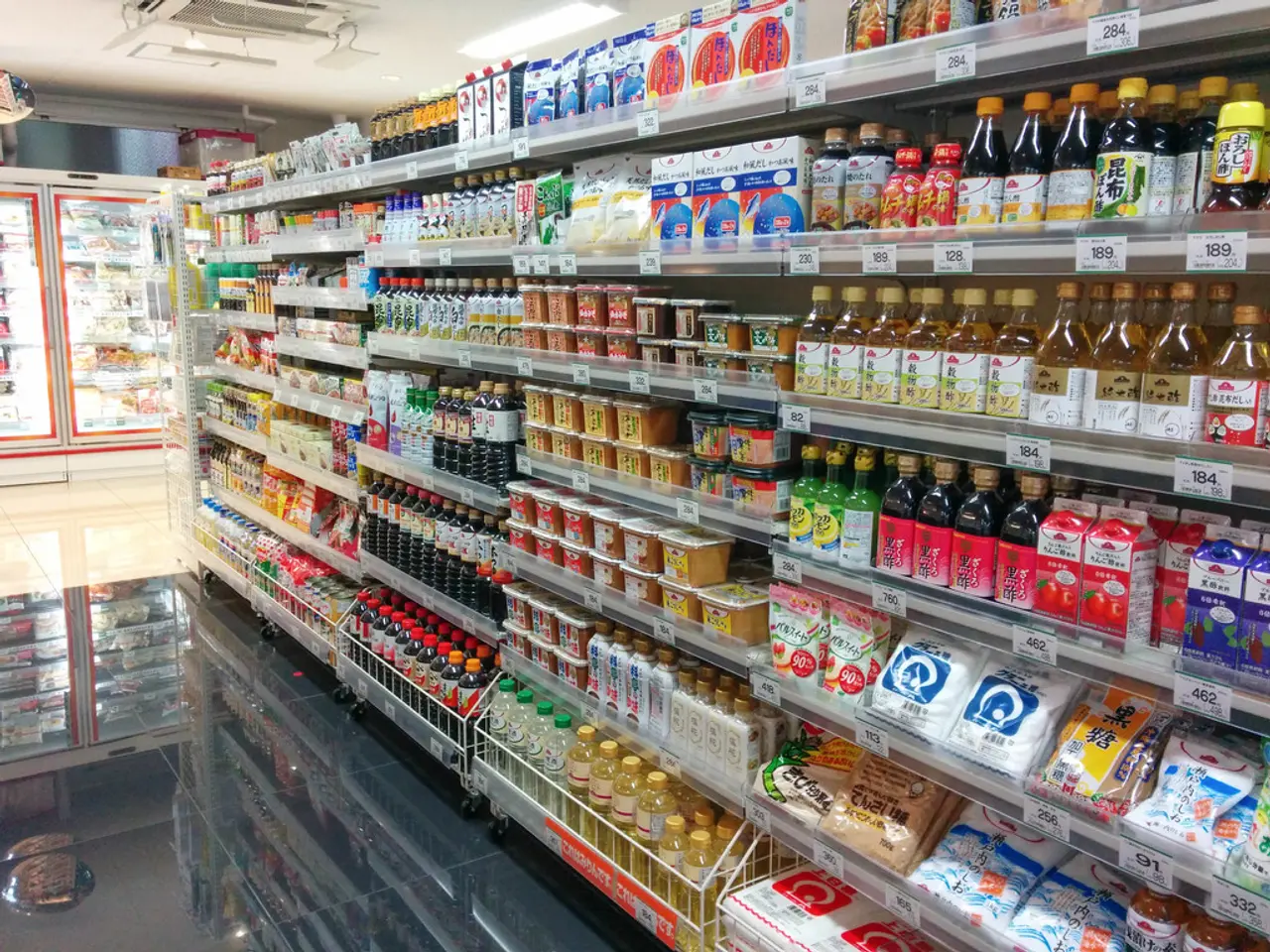Tesla initiates an exclusive, invitation-only Robotaxi service in San Francisco
Tesla's Robotaxi Service: A Human-Driven Ride-Hailing Service in the San Francisco Bay Area
Tesla's much-anticipated Robotaxi service has launched in the San Francisco Bay Area, but with a twist. Contrary to expectations, the service is not fully autonomous. Instead, it operates as a human-driven ride-hailing service, similar to Uber, but using Tesla vehicles equipped with Full Self-Driving (FSD) capabilities.
The service, which is currently limited, is not open to the general public. It is primarily targeted at employees, friends, family, and select public members. Tesla has not yet obtained the necessary California state permits to operate fully autonomous Robotaxis, a fact that has raised concerns among state agencies.
Despite CEO Elon Musk's announcements about imminent autonomous Robotaxi launches, Tesla has not applied for the required permits from the California DMV or Public Utilities Commission. This regulatory hurdle has led Tesla to clarify that the service launched is limited to ride-hailing with "vehicle operators" (human drivers) behind the wheel.
The service is not without its challenges. Last month, Tesla launched an invitation-only trial of modified Model Ys as Tesla taxis in Austin, but the trial recorded a number of dangerous mistakes, including driving down the wrong side of the street and halting in the middle of the road.
Elsewhere, Cruise, the GM-backed autonomous car service, had its permits to operate withdrawn after running over a pedestrian who had been struck by another car. Waymo's self-driving cars, equipped with LIDAR sensors, have been operating in San Francisco for over a year but have been involved in several notable incidents, including a fatal dog strike in 2023, a multi-vehicle collision in San Francisco in January, and a case of being set alight during anti-ICE protests in Los Angeles in June.
Despite these challenges, Tesla needs to keep promoting future tech to bolster its stock price, as the tech-heavy NASDAQ index is up almost 10 percent this year. Elon Musk has also touted the Optimus robot, a humanoid helper, but so far, all we've seen is a humanoid in a body suit and robots operated by human controllers.
In the future, Musk predicts that there will be a million self-driving Tesla taxis on the road. However, for now, Tesla's Robotaxi service in San Francisco is a human-driven ride-hailing service branded as Robotaxi, awaiting regulatory approval before fully autonomous operation can begin.
References:
[1] Tesla's Robotaxi service is not yet fully autonomous. (2022, October). Retrieved from https://www.cnbc.com/2022/10/01/teslas-robotaxi-service-is-not-yet-fully-autonomous.html
[2] Tesla's car sales affected by Elon Musk's political stances. (2022, September). Retrieved from https://www.cnbc.com/2022/09/13/teslas-car-sales-affected-by-elon-musks-political-stances.html
[3] Tesla's Robotaxi service limited to human-driven rides. (2022, October). Retrieved from https://www.reuters.com/business/autos-transportation/teslas-robotaxi-service-limited-human-driven-rides-2022-10-01/
[4] Tesla's Robotaxi service operational in San Francisco Bay Area. (2022, September). Retrieved from https://www.reuters.com/business/autos-transportation/teslas-robotaxi-service-operational-san-francisco-bay-area-2022-09-29/
[5] Tesla's Robotaxi service awaits regulatory approval. (2022, October). Retrieved from https://www.cnbc.com/2022/10/01/teslas-robotaxi-service-awaits-regulatory-approval.html
The absence of full autonomous operations within Tesla's Robotaxi service has led to its reliance on human drivers, using AI technology to enhance the driving experience. However, the California state permits for fully autonomous Robotaxis are yet to be obtained, meaning the service operates in the San Francisco Bay Area as a cloud-based ride-hailing solution.




